>>> English text below >>>
La pantera ha sempre avuto una forte attrattiva su di me: da figlia degli anni ’80 sono stata, come moltissimi bambini di quegli anni, vittima del fascino della Pantera Rosa, irresistibile personaggio ispirato al celebre felino ideato nel 1963 da Isadore Freleng, autore dei cortometraggi dei titoli di testa dei film dedicati all'Ispettore Clouseau.
Negli anni ‘80, l’onda della Pantera Rosa e della sua potentissima influenza sui bambini fece in modo che il felino fosse presente nelle case sotto le più svariate forme: peluches, figurine, quaderni, abbigliamento, e via dicendo.
Comincio quindi con il mio album fotografico d’infanzia, fuori e dentro:
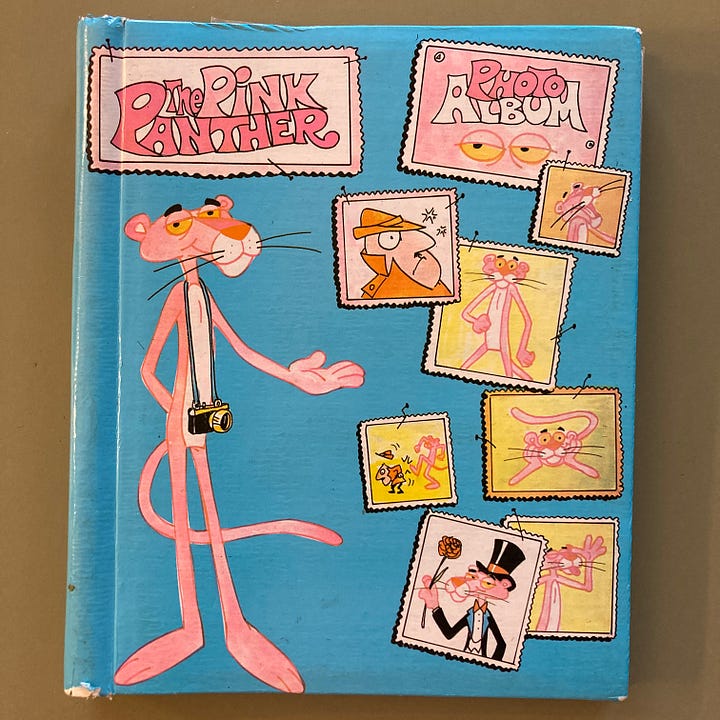

Qui invece potete vedere il primo episodio del 1963 della Pantera Rosa, con il celebre brano di Henry Mancini:
I cortometraggi della Pantera Rosa sono stati un’istituzione per molti millennial. Mia nonna ha sempre tifato per lei, a differenza dell’altro celebre felino animato in voga negli stessi anni, l’Uomo Tigre, dalla controversa reputazione per via della violenza che caratterizzava molte scene, che mia nonna bollava con disprezzo come “cartone da bocia (da bambino, da maschi in piemontese)”, quindi disdicevole per una fanciulla (ndr adoravo anche lui).
I felini, si sa, sono magnetici, difficile resistere alla sinuosità delle loro forme e alla loro aura di potenza e mistero.
Un esempio concreto nel mondo delle arti visive è senz’altro l’iconica Pantera di Enzo Mari, del 1965, nata dalla ricerca di trasformare un’immagine in un simbolo, attraverso una riduzione programmatica che tende all’eliminazione del superfluo a favore del significato. La pantera di Enzo Mari è ancora oggi considerata un oggetto di culto tra gli amanti del design e non solo.
La pantera è inoltre storicamente oggetto di culti e leggende: basti pensare che già Aristotele scriveva dell’attrazione irresistibile che esercitava sugli altri animali grazie al suo mitologico profumo.
È proprio grazie al suo profumo che la pantera arrivò a essere associata persino alla figura del Cristo: il felino dopo i pasti dorme per tre giorni nella sua tana, poi al terzo giorno si sveglia e ruggisce, diffondendo un irresistibile soffio odoroso dalla propria bocca.
I simbolisti cristiani associarono i tre giorni a quelli del sepolcro, il risveglio alla resurrezione e il soffio profumato alla sacralità del Verbo.
Durante il Medioevo, a rafforzare questa ipotesi, il fatto che il suo odore magnetico esercitasse attrazione su tutti gli animali tranne che sul drago e sul serpente (in ambito cristiano emanazioni del demonio) i quali, infastiditi dall’odore, fuggivano lontano.
Numerose sono le sue rappresentazioni nei manoscritti dell’epoca.
Dato che la natura era considerata emanazione del divino, nel Medioevo scienza e religione, reale e immaginario, si sovrapponevano. Gli elementi della natura erano considerati per la loro funzione simbolica, motivo per cui l’uomo medievale non faceva distinzione tra gli animali reali e immaginari, di cui aveva conoscenza tramite la trasmissione orale delle leggende popolari.
Gli animali, con il loro bagaglio di mito e simbologia ci accompagnano tutt’oggi, nel quotidiano come nelle emanazioni domestiche, o nei sogni in veste simbolica. I sogni con gli animali sono spesso molto vividi, hanno un sapore mistico e ci lasciano l’impressione di essere collegati a qualcosa di primordiale, di significativo per le nostre vite. Spesso se ne percepisce la potenza al risveglio, anche quando è difficile coglierne il messaggio.
Voglio citare qui un libro a cui sono molto legata, Presenze animali, di James Hillman (psicoanalista, saggista e filosofo statunitense), un saggio che parte dalle testimonianze di alcuni suoi pazienti, che elabora teorie sul nostro rapporto conscio e inconscio con gli animali e con l'immagine che abbiamo di essi.
Qui un breve estratto dal libro:
“Chi sono, gli animali che compaiono nei nostri sogni, e perché vengono a noi, proprio a noi che abbiamo trascorso gli ultimi due secoli a sterminarli regolarmente, a un ritmo sempre più rapido, senza pietà, specie per specie in ogni parte del mondo?
Eppure con quanta incrollabile fiducia continuano a entrare nella nostra anima del sogno, nelle nostre fantasie infantili, nel nostro immaginario artistico - e a spezzarci il cuore con le loro sofferenze.”
”I nostri sogni recuperano ciò che il mondo dimentica. Il politeismo pagano ormai dimenticato si propaga in forme animali. In quegli animali abitano gli dèi antichi: il salmone e i grandi cervi celtici, gli orsi dei vichinghi, i maiali, gli ippopotami, i coccodrilli e i gatti egizi, i lupi e le aquile romane, e il be’gotcidi dei navaho. Gli antichi dèi sono ancora presenti nei nostri sogni - quelle cattedrali zoologiche in cui c’è una dimora per gli insetti di Belzebù e di Mefistofele. Gli animali possono continuare a esistere come dèi, vivi e non dimenticati, nelle icone dei nostri sogni e nelle ossessioni vitali dei nostri complessi e sintomi, i piccoli insetti indistruttibili. Cantiamone le lodi.”
Ma torniamo alla pantera.
Da anni esploro nella mia ricerca artistica il tema degli animali sacri e della loro simbologia, e recentemente la pantera ha preso forma in due emanazioni “reali”.
La prima è la creazione di una serigrafia a partire da una riflessione sugli animali guida e sulla trasposizione delle loro virtù sull’essere umano. La pantera viene associata al coraggio, alla resistenza e all'abilità nel combattimento.
In questi giorni sono in laboratorio alle prese con la preparazione di questa nuova serigrafia, che sarà pronta e disponibile sul mio shop a partire dal 1° febbraio.
Da oggi è disponibile in prevendita con uno sconto del 20% riservato agli abbonati alla newsletter.
Link allo shop: https://www.elisatalentino.it/product/animali-guida-preorder/
La prenotazione dell’opera a prezzo scontato è possibile entro giovedì 23 gennaio; le spedizioni partiranno dal 1° febbraio 2025.
Per acquistare con lo sconto prevendita è necessario inserire il coupon PANTERA sul mio shop nella pagina di checkout.
Colgo poi l’occasione per segnalare, sempre nell’ambito degli animali sacri, un workshop di illustrazione che terrò a Sarmede (TV) presso la Fondazione Stephan Zavrel in data 1-2 febbraio 2025, per cui sono disponibili ancora alcuni posti.
Qui il programma e tutte le info: https://fondazionezavrel.it/corsi/animali-guida/
>>> English >>>
Colorful panthers and guide animals
From Jesus to the Pink Panther
The panther has always had a strong attraction for me: as a child of the 1980s, I was, like so many children of those years, a victim of the allure of the Pink Panther, an irresistible character inspired by the famous feline conceived in 1963 by Isadore Freleng, author of the short films of the opening credits of the films dedicated to Inspector Clouseau.
In the 1980s, the wave of the Pink Panther and its very powerful influence on children meant that the feline was present in homes in the most varied forms: stuffed animals, figurines, notebooks, clothing, and so on.
I therefore begin with my childhood photo album, outside and inside (images above).
Here instead you can see the first episode of 1963's Pink Panther, featuring the famous song by Henry Mancini (video above).
Pink Panther shorts were an institution for many millennials. My grandmother always cheered for her, unlike the other famous animated feline in vogue during the same years, Tiger Man, with a controversial reputation because of the violence that characterized many scenes, which my grandmother disdainfully branded as a “bocia cartoon (“child's cartoon for males” in Piedmontese),” thus disreputable for a young girl (ed. I also adored him).
Felines, it is known, are magnetic, hard to resist the sinuosity of their forms and their aura of power and mystery.
A concrete example in the world of visual arts is undoubtedly Enzo Mari's iconic 1965 Panther, which was born out of a quest to transform an image into a symbol through a programmed reduction that tends to eliminate the superfluous in favor of pure meaning. Enzo Mari's Panther is still considered a cult object among design lovers and beyond.
The panther is also historically the subject of cults and legends: suffice is it to say that as early as Aristotle wrote of its irresistible attraction to other animals due to its mythological scent.
It is precisely because of its scent that the panther came to be associated even with the figure of Christ: the feline after meals sleeps for three days in its lair, then on the third day wakes up and roars, spreading an irresistible odorous breath from its mouth.
Christian symbolists associated the three days with those of the tomb, the awakening with the resurrection, and the fragrant breath with the sacredness of the Word.
During the Middle Ages, reinforcing this hypothesis was the fact that its magnetic odor exerted attraction on all animals except the dragon and the serpent (in Christian circles emanations of the devil), who, annoyed by the smell, fled far away.
Numerous are its representations in manuscripts of the time.
Since nature was considered an emanation of the divine, science and religion, real and imaginary overlapped in the Middle Ages. The elements of nature were considered for their symbolic function, which is why medieval man did not distinguish between real and imaginary animals, about which he had knowledge through the oral transmission of folk legends.
Animals, with their baggage of myth and symbolism accompany us to this day, in daily life as well as in their domestic emanations, or in dreams, in symbolic guise. Dreams with animals are often very vivid, have a mystical flavor, and leave us with the impression that we are connected to something primordial, significant to our lives. One often feels the power of it upon awakening, even when it is difficult to grasp the message.
I want to mention here a book to which I am very attached, Animal Presences, by James Hillman (U.S. psychoanalyst, essayist and philosopher), an essay that starts from the testimonies of some of his patients, which elaborates theories about our conscious and unconscious relationship with animals and the image we have of them.
Here is a short excerpt from the book:
“Who are they, the animals that appear in our dreams, and why do they come to us, to us of all people who have spent the last two centuries exterminating them regularly, at an ever-increasing rate, without mercy, species by species in every part of the world?
Yet with how unwavering confidence they continue to enter our dream souls, our childhood fantasies, our artistic imaginations-and to break our hearts with their suffering.
Our dreams recover what the world forgets. The now forgotten pagan polytheism is propagated in animal forms. In those animals dwell the ancient gods: the salmon and great Celtic deer, the bears of the Vikings, the pigs, hippos, crocodiles and Egyptian cats, the wolves and Roman eagles, and the be'gotcidi of the Navaho. The ancient gods are still present in our dreams-those zoological cathedrals where there is a home for the insects of Beelzebub and Mephistopheles. Animals can continue to exist as gods, alive and not forgotten, in the icons of our dreams and in the vital obsessions of our complexes and symptoms, the little indestructible insects. Let us sing their praises.”
But back to the panther.
I have been exploring the theme of sacred animals and their symbology in my artistic research for years, and recently the panther has taken shape in two “real” emanations.
The first is the creation of a silkscreen print from a reflection on guiding animals and the transposition of their virtues onto the human being. The panther is associated with courage, endurance, and 'fighting skills.
LINK » https://www.elisatalentino.it/product/animali-guida-preorder/
These days I am in the workshop struggling with the preparation of this new screen print, which will be ready and available in my shop starting February 1.
As of today it is available for pre-sale with a 20% discount reserved for newsletter subscribers.
Reservation of the work at the discounted price is possible by Thursday, January 23; shipments will start on February 1, 2025.
To purchase with the presale discount, you need to enter the coupon PANTERA on my shop on the checkout page.
I would also like to take this opportunity to point out, again in the area of sacred animals, an illustration workshop I will be holding in Sarmede (TV) at the Stephan Zavrel Foundation on February 1-2, 2025, for which there are still a few places available.
Here is the program and all the info: https://fondazionezavrel.it/corsi/animali-guida/




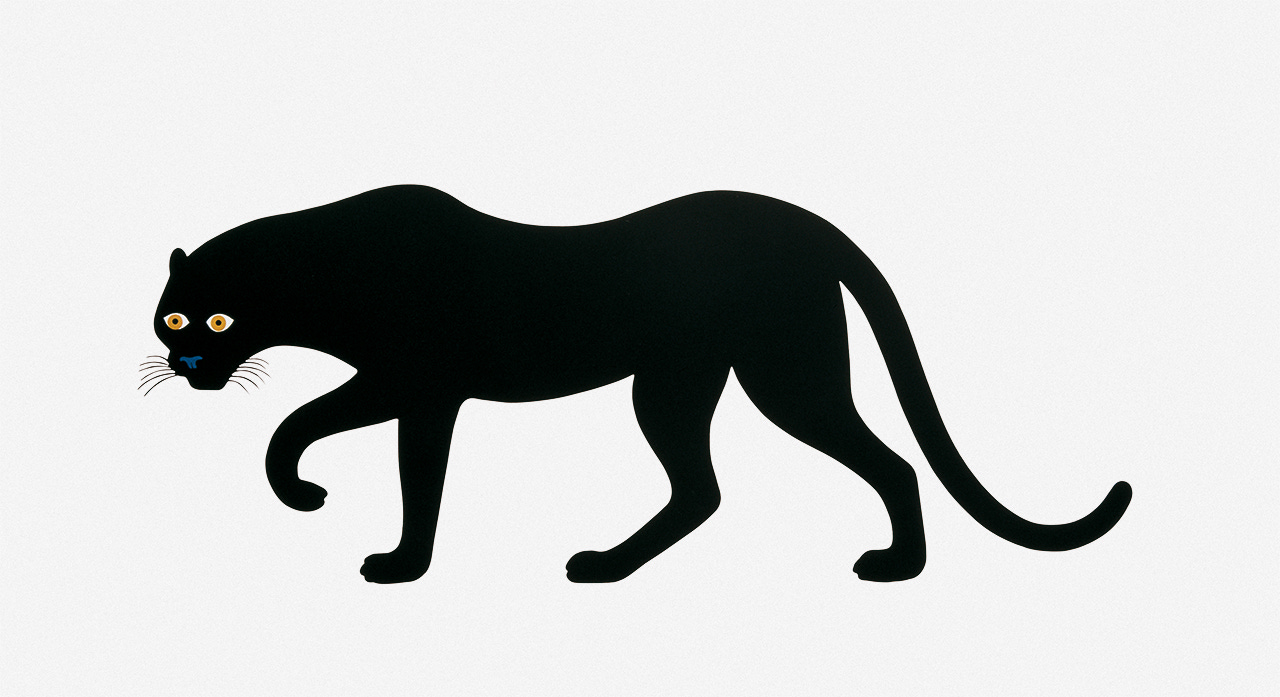
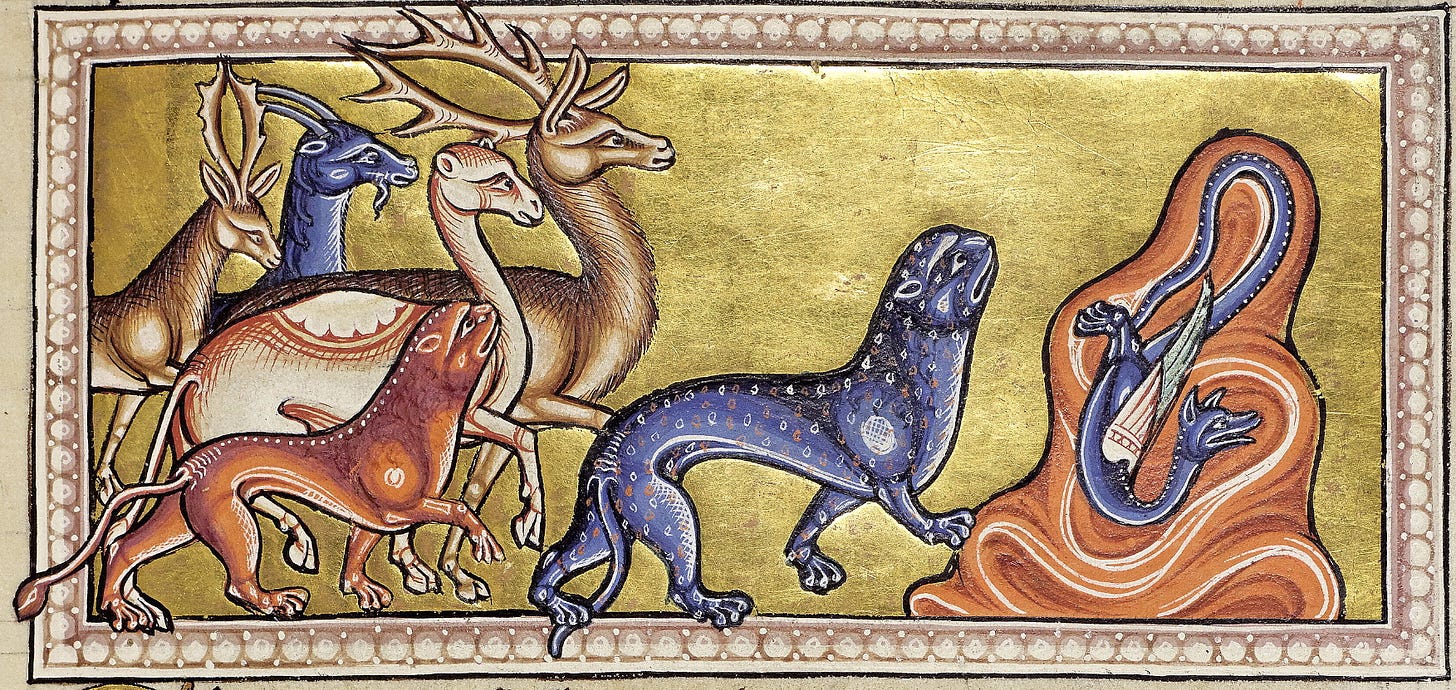
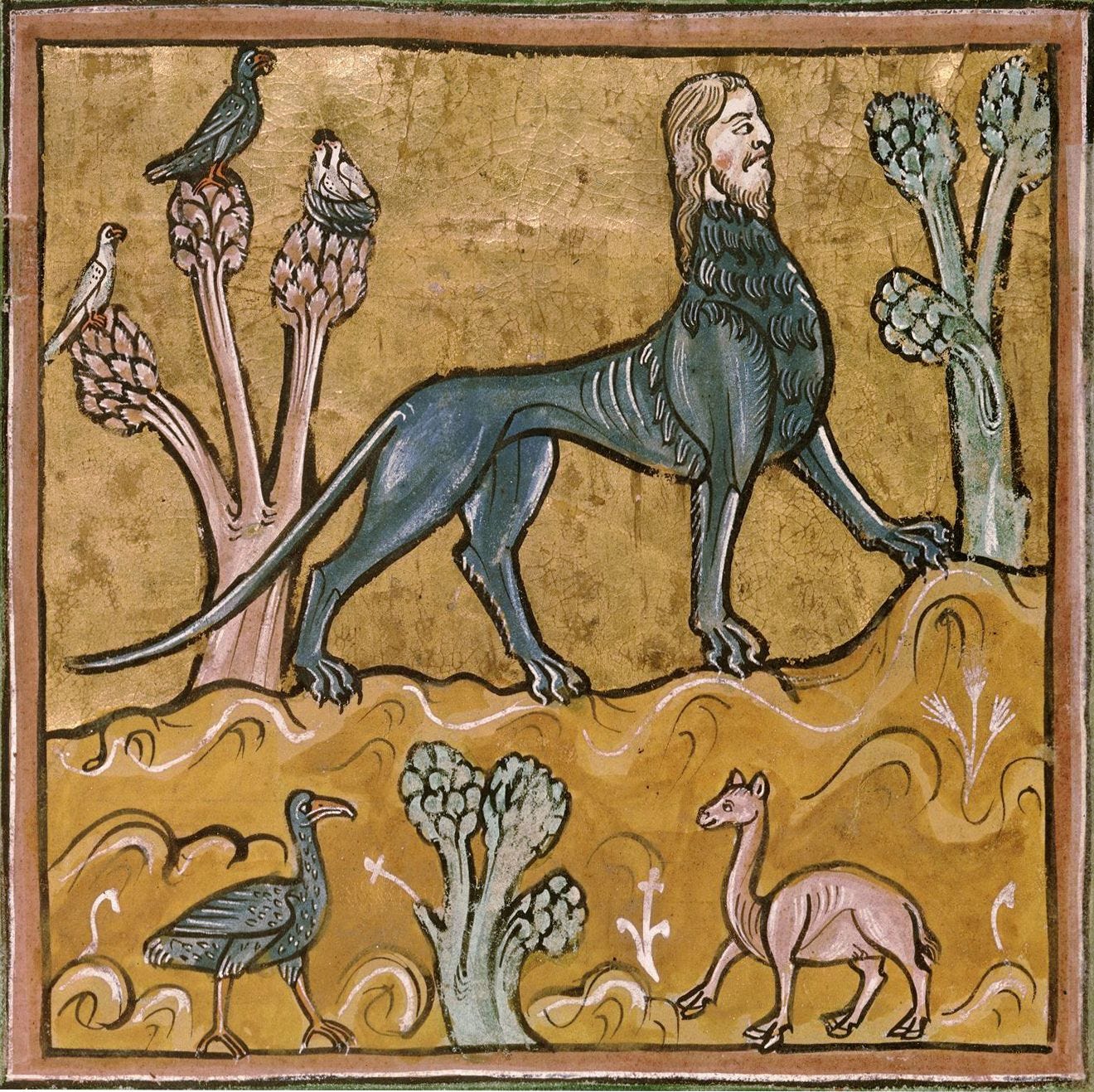
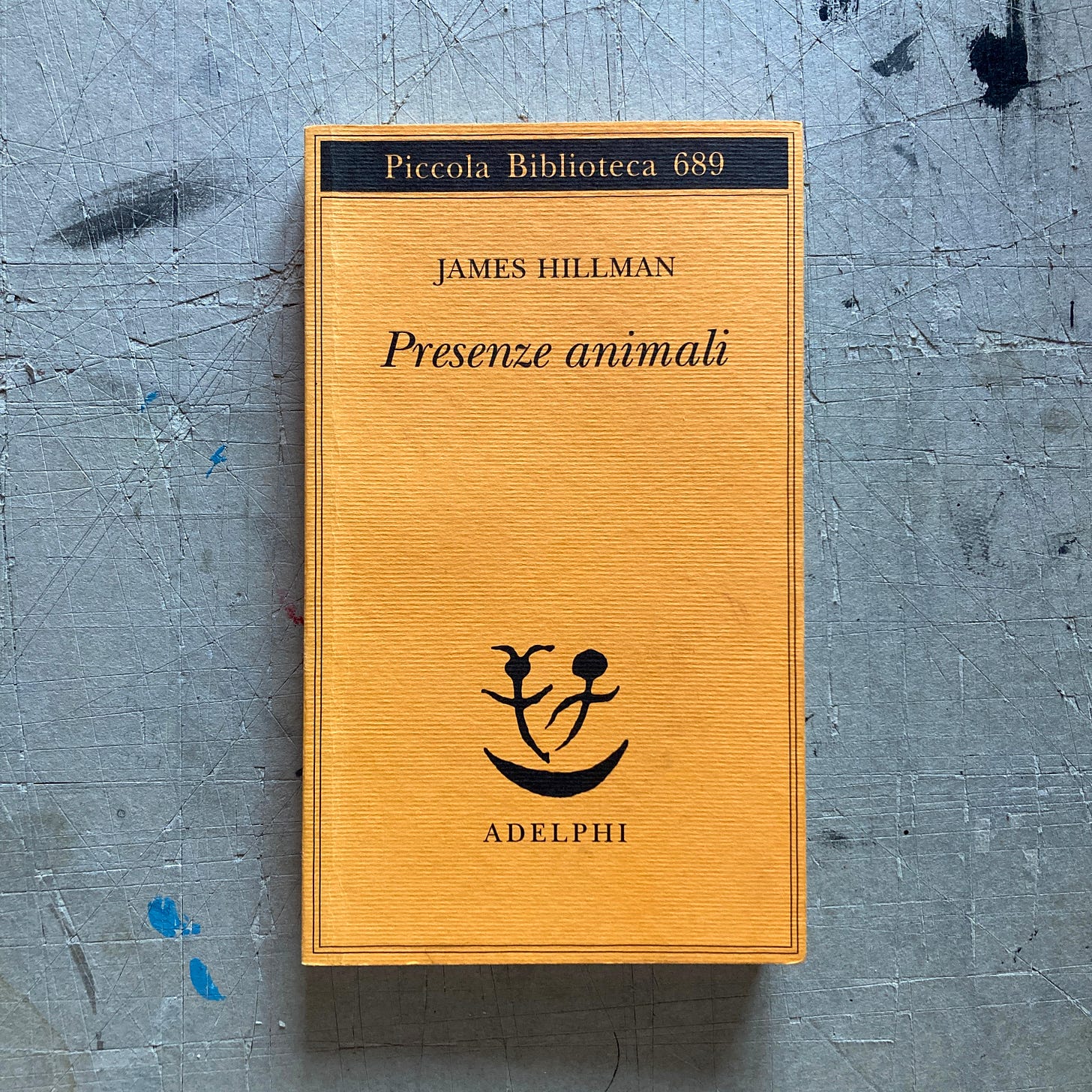
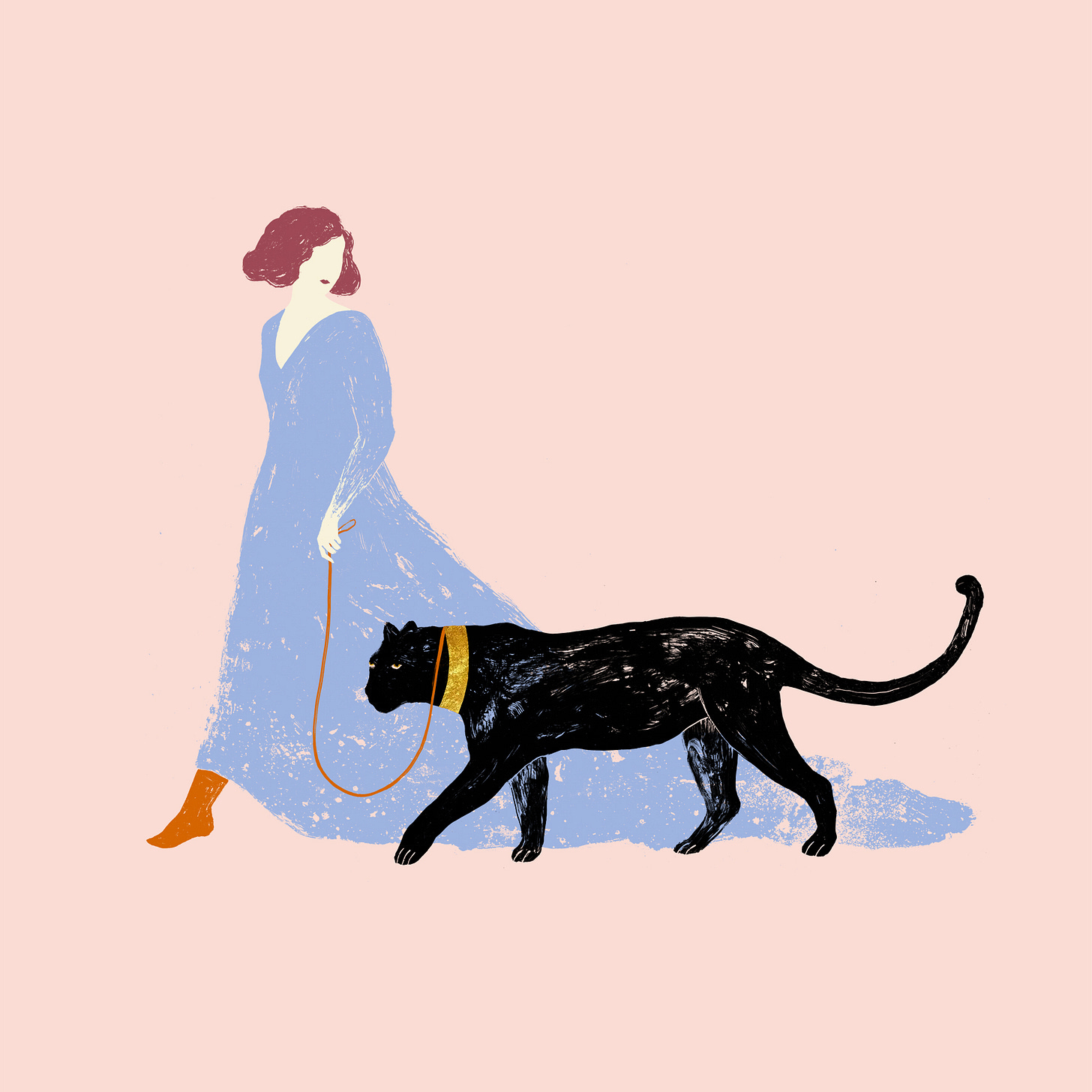

Confido in un tuo workshop a Milano, mi piacerebbe tanto partecipare!🌷